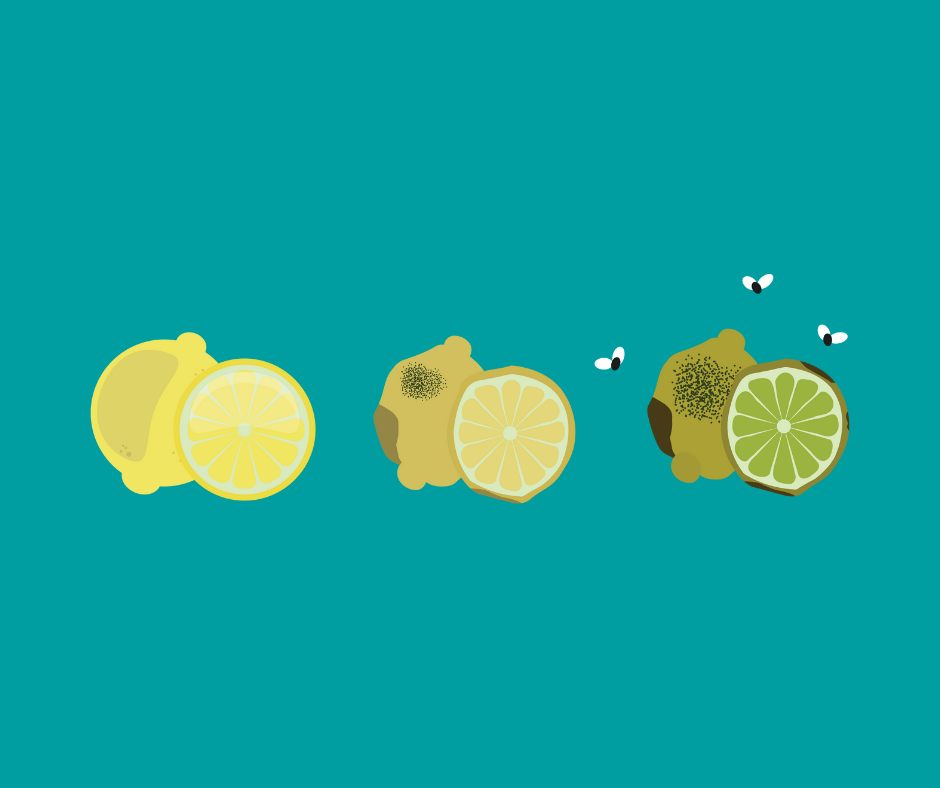What You Need To Know About Shelf Life

I make it a weekly ritual to go through my kitchen and purge any expired food and write my grocery list for the week. While leftovers and the occasionally moldy item are easy to toss it can be a bit more difficult making those decisions with some items. Yeah, that milk past expiration date probably needs to go but what about that salad dressing? My indecisiveness stems from growing up my parents had two very different opinions about the expiration dates on our food. One took them as gospel truth while the other took them as more of a suggestion. This isn’t a unique situation to just my household, about 20% of food waste is attributed to misunderstanding food shelf-life labels according to some sources. It’s easy to see why, when you’re at a grocery store there is a lot of variability in those labels.
Shelf Life Regulations
The FDA usually only requires a shelf-life label on infant formula, but most foods do have a best by, use by, or sell by date on them, which can all mean something different. This is because other regulation bodies or grocery venders might require one or the manufacturer themselves might want control their product quality for consumption. That’s an important fact to know for shelf-life labels, they are quality based not safety based. A product should be safe for consumers before it ever leaves the facility but as a product sits on a shelf it’s appearance, taste, texture, smell (also referred to sensory or organoleptic measurements) might change enough that the manufacturer no longer wants that product to represent their brand name. Spoiled food can cause slight changes in texture, odor, or taste or be more serious concerns of causing nausea, though usually very short lived and less severe but because pathogenic bacteria isn’t allowed in ready to eat food on day 0 it doesn’t show up by itself though a food’s shelf life.
Shelf Life Terminology
“Best if used by” is the terminology suggested by the FDA for quality-based shelf-life claims. However, other ones still are commonly used with slightly different meanings.
• “Sell by” is typically used to drive product turn over and maintain appearance on grocery store shelves
• “Best by” indicates when the product should be consumed to experience best flavor and quality and when decline starts but can be good after
• “Use by” is typically only used for meat, poultry, and eggs because these items are not ready to eat and could have dangerous bacteria that could grow to levels high enough seriously affect the product and could contaminate other times.
These are all quality driven and normally are something a manufacturer or vender wants to use to protect their brand name and profits. These are almost always internal studies that can be performed to look at microbial growth, chemical changes, and organoleptic changes. This helps a client decide on when their product tastes, looks, smells best and avoids things like mold, staleness, or rancid or other off flavors. Some of these are obvious but many are objective measurements. These are all also based on assumptions of good food handling and keeping the food at the appropriate temperature. That means keeping food stored at the right temperature and not letting it sit out for more than an hour or so. Microbac Laboratories partners with many clients to offer flexible testing options to help them not only decide on these dates but extend them when possible and help reduce unnecessary food waste.
As spring cleaning comes around check out your cupboards and refrigerator and take a look at dates on your food, you’ll probably be surprised on how long some dates are and be surprised some “expired” items you’ve been enjoying for a few weeks past expiration.